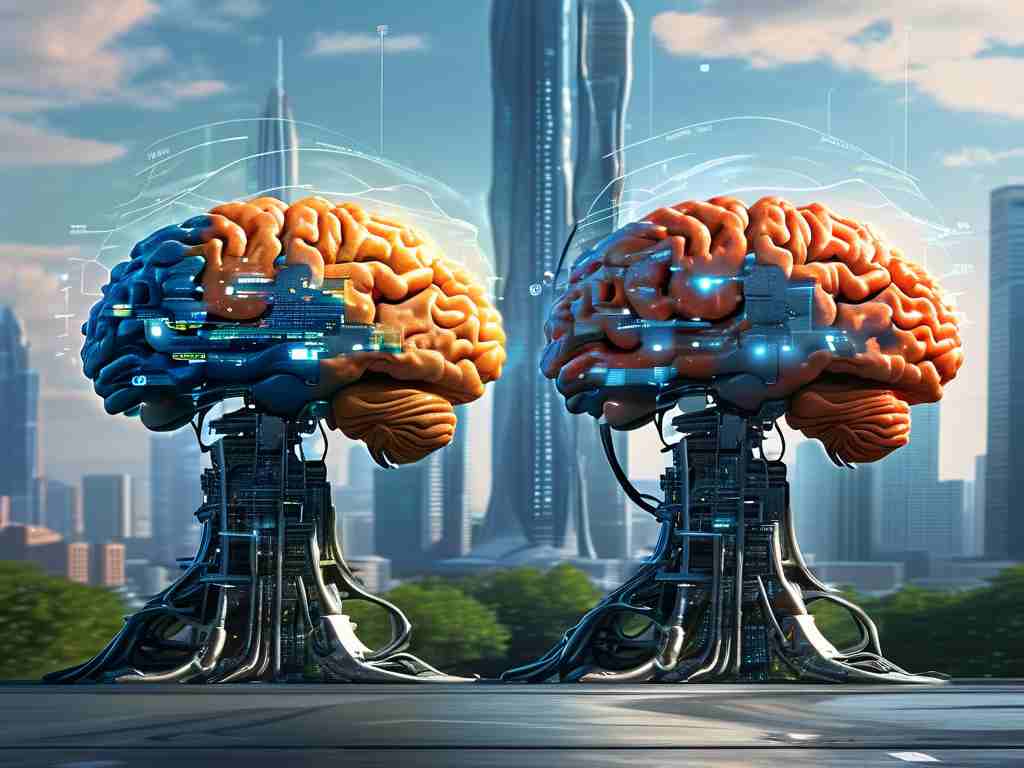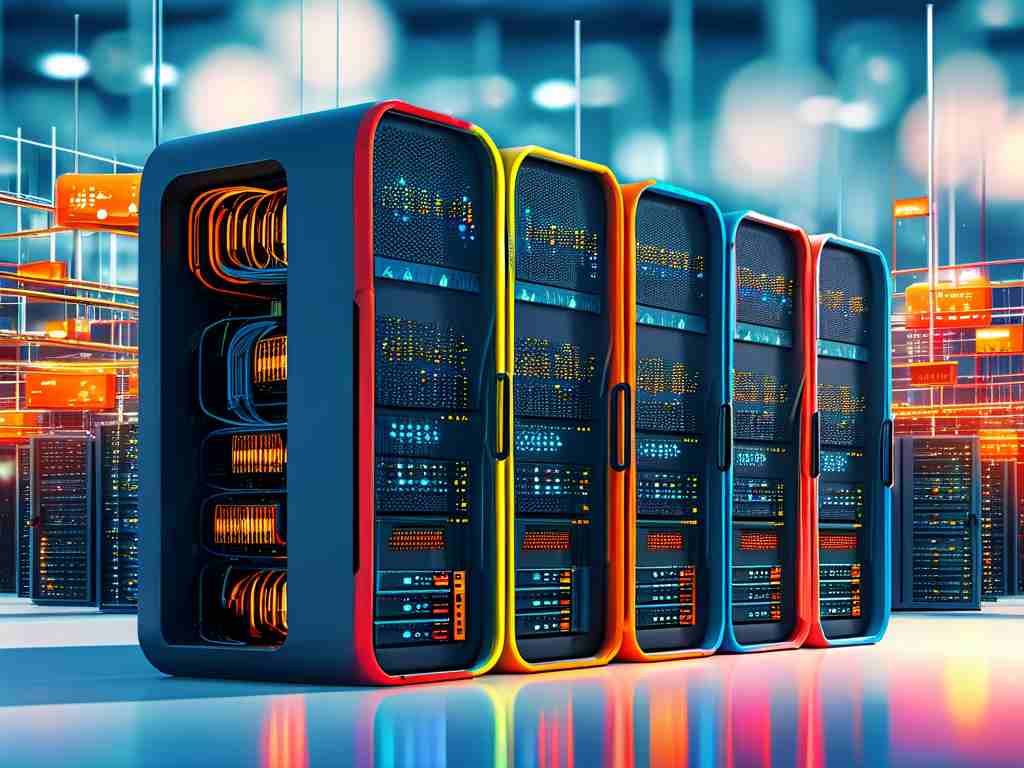In the realm of modern software development, the terms "distributed technology" and "distributed architecture" are often used interchangeably, yet they represent distinct concepts with unique roles in system design. Understanding their differences is critical for engineers aiming to build scalable, resilient, and efficient systems. This article explores the nuances between these two pillars of distributed computing.

Defining the Core Concepts
Distributed Technology refers to the tools, protocols, and frameworks that enable systems to operate across multiple networked nodes. These include communication protocols like gRPC and REST, data synchronization tools like Apache Kafka, and consensus algorithms like Raft or Paxos. For example, a developer might use Kubernetes (a distributed technology) to orchestrate containerized applications across clusters.
Distributed Architecture, on the other hand, describes the high-level blueprint of how components interact in a distributed system. It focuses on design patterns such as microservices, event-driven architectures, or peer-to-peer networks. A classic example is designing a system where authentication, payment processing, and inventory management operate as independent services communicating via APIs.
Key Differences in Practice
-
Scope of Implementation
Distributed technologies are concrete implementations—code libraries, middleware, or platforms that solve specific problems. For instance, Redis handles distributed caching, while etcd provides distributed key-value storage. In contrast, architecture defines abstract relationships between components. A microservices architecture might use Redis and etcd as underlying technologies but doesn’t prescribe their exact usage. -
Design vs. Execution
Architecture answers the "what" and "why" of system organization. It determines whether a system should use a master-slave replication model or a decentralized mesh network. Technology addresses the "how"—the actual code and configurations. The diagram below illustrates a simple distributed architecture using specific technologies:
# Example: Service discovery using Consul (technology) in a microservices architecture
from consul import Consul
client = Consul()
def register_service(service_name, address, port):
client.agent.service.register(
name=service_name,
address=address,
port=port,
check=Consul.http_check(f'http://{address}:{port}/health', interval='10s')
)
- Flexibility and Evolution
Technologies can be swapped without altering the core architecture. A system initially using RabbitMQ for messaging might later adopt Apache Pulsar, provided the event-driven architecture remains consistent. Conversely, changing the architecture (e.g., shifting from monolithic to microservices) often requires overhauling both design and technology choices.
Complementary Roles in System Building
While distinct, distributed technology and architecture are deeply interdependent. A well-designed architecture maximizes the potential of chosen technologies, while poor technology selection can undermine even the most elegant architectural plans. Consider these real-world scenarios:
- E-commerce Platform: A layered architecture separates UI, inventory, and payment services. Technologies like NGINX (load balancing) and Cassandra (distributed database) enable horizontal scaling.
- IoT Network: A edge-computing architecture uses MQTT (technology) for lightweight device communication while maintaining a centralized control plane.
Common Pitfalls to Avoid
-
Over-Engineering with Technology
Adopting cutting-edge distributed technologies without aligning them to architectural goals often leads to complexity. For example, implementing a service mesh like Istio in a small-scale system adds unnecessary overhead. -
Architecture Ignoring Tech Constraints
Designing a globally distributed database architecture without considering latency limitations of consensus protocols can result in performance bottlenecks.
The Evolving Landscape
Emerging trends like serverless computing and blockchain are blurring traditional boundaries. AWS Lambda (technology) enables event-driven architectures without managing servers, while decentralized architectures (e.g., Web3) demand novel consensus algorithms and peer-to-peer protocols.
In , distributed technology provides the building blocks, while architecture defines how those blocks assemble into a coherent system. Mastering both domains—and their interplay—is essential for creating solutions that scale gracefully, recover from failures, and meet evolving business needs.









